WW1 Armistice Exhibition - The Khaki Election
The khaki election
The election held on 14th December 1918 was so called because so many soldiers were entitled to vote. Counting was not completed until 28th December 1918 as so many service personnel entitled to vote were still abroad.
The Representation of the People Act on 6th February 1918 had extended the voting franchise by 5.6 million men and 8.4 million women. Also, for the first time women were allowed to stand for Parliament.
In 1910 only 7,709,981 were eligible since at the time no women had the vote. In 1918, there were 21,392.322 eligible.
All men over the age of 21 and all men who had turned 19 during service in the War were given the vote.
Women were given the vote only if they were over the age of 30 and were a registered property occupier (or were married to one) of land or buildings with a rateable value of £5 or more. In effect this meant most dwelling houses. Some sources state that the 30-year age limit for women was applied as with all the losses of men in the War there may well have been too many women voting!
THE "COUPON" ELECTION
This was another name given to the election of 14th December. It was so called because many, but not all, Conservative and Liberal MPs decided to remain in Lloyd George’s Coalition and not oppose each other. As proof of this they were given the following document
Dear…..
We have much pleasure in recognizing you as the Coalition Candidate for ………. We hope that the electors will return you as their representative in Parliament to support the Government in the great task that lies before it
Yours truly
David Lloyd George Andrew Bonar Law
Herbert Asquith, Leader of the Liberals, opposed the plan for Liberals and Conservatives agreeing not to stand against each other and dismissed the letter as a “Coupon” likening it to the Ration Coupons issued to citizens during the War. Hence the name the Coupon Election.
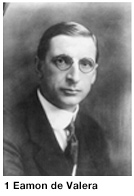
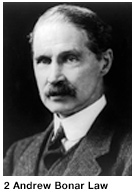
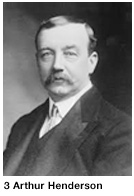
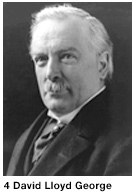
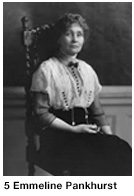
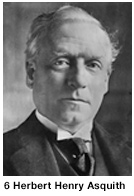
THE RESULTS
The result of the election was that the Coalition won 523 of the 710 seats. One of the most significant changes was that Sinn Fein won 73 seats largely at the expense of the Irish Parliamentary Party who lost 57. None of the 73 Sinn Fein members elected ever took their seats in the House of Commons.
Herbert Asquith lost his seat of East Fife which he had held since 1886.
Only 36 of the Liberal candidates who did not hold a “Coupon” held their seats.
Many regard this election as the start of the decline of the Liberal Party as a major force in British politics.
Frittenden was part of Cranbrook Rural District Council and was thus part of the Ashford Constituency
Samuel Strang Steel ,a Coalition Conservative was elected as our MP and remained as such until 1929
Other pages in this section:
After The War - Early Battlefield Tours - The Khaki Election - The Treaty Of Versailles - Frittenden War Memorial
- copyright © 2025
- Site by lancefrench.com